Measurement of glycated proteins useful in patients in whom hemoglobin A1c is inaccurate (e.g., hemoglobinopathies)
Fructosamine (accept 1,5-anhydroglucitol)
Most common inherited disorder of bilirubin glucuronidation, leading to increased unconjugated bilirubin
Gilbert syndrome
Target anticoagulation INR for a patient with a mitral valve prosthesis
3.0
MRI contrast (gadolinium) complication occurring in patients with advanced CKD (GFR < 30)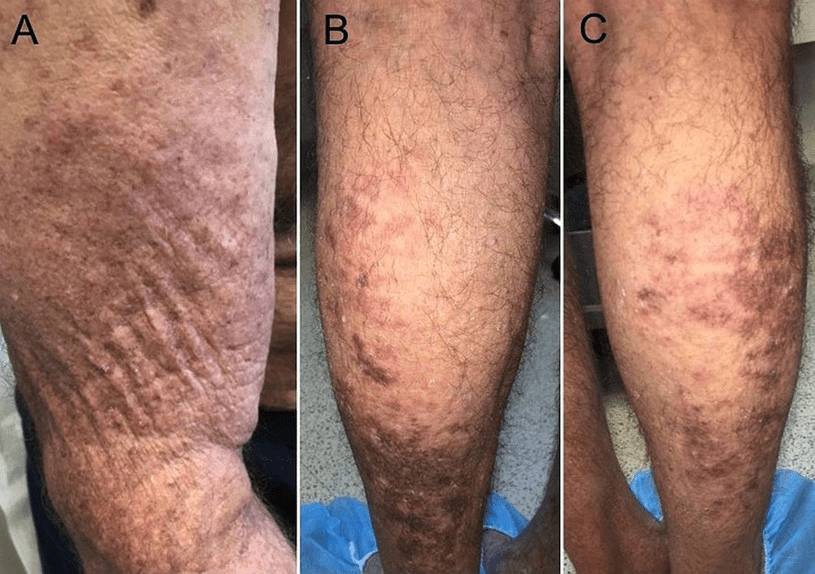
Nephrogenic systemic fibrosis
Severe fear of social or performance situations resulting in symptoms such as blushing, dyspnea, palpitations, and emotional distress
Social anxiety disorder
Patient with an extensive tobacco history presents with this nonhealing oral lesion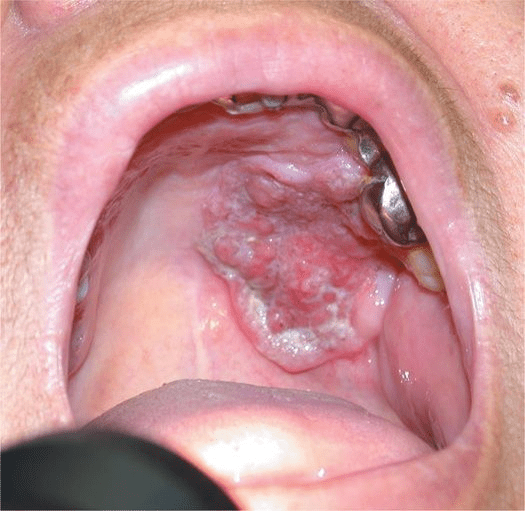
Squamous cell carcinoma
Medication class most often implicated in euglycemic diabetic ketoacidosis
Sodium–glucose cotransporter 2 (SGLT-2) inhibitors
Hepatitis C may be associated with this disorder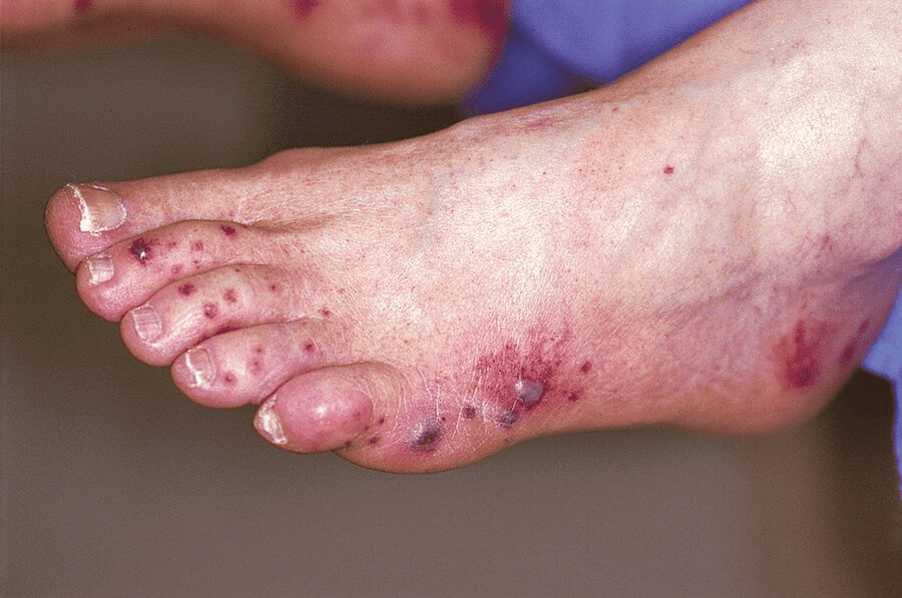
Leukocytoclastic vasculitis (due to mixed cryoglobulinemia)
This class of oral anti-diabetic medications can decrease CV mortality and heart failure exacerbations
SGLUT-2 inhibitors
A 35-year-old woman with history of Crohn disease and multiple surgeries is evaluated for nephrolithiasis.
Most likely composition of the kidney stone.
Calcium oxalate
Person experiences a pattern of depression and hypomanic episodes, but not full-blown mania
Bipolar II disorder
This patient with squamous cell lung Ca's hypercalcemia is mediated by this substance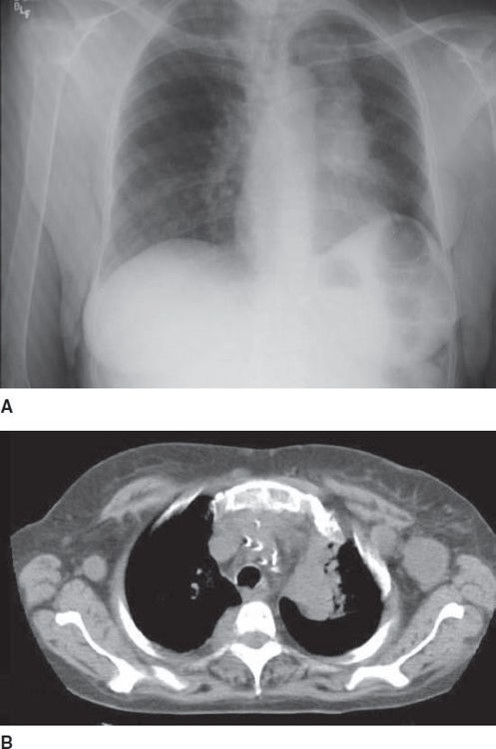
PTH-rP
Hemoglobin A1c threshold for diabetes diagnosis
6.5%
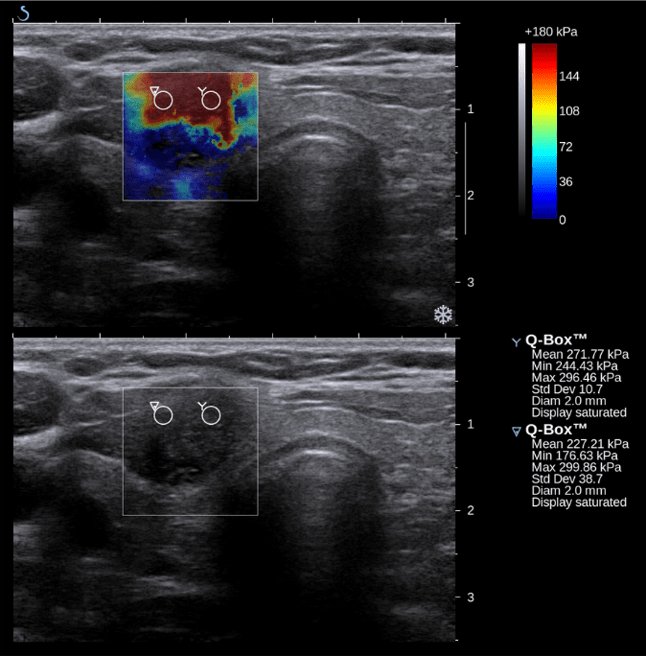 Non-invasive ultrasound test to assess the extent of liver fibrosis
Non-invasive ultrasound test to assess the extent of liver fibrosis
Elastography
This inherited disease can cause restrictive cardiomyopathy, diabetes, osteoarthritis, and heart failure
Hemachromatosis
Typical “Maltese cross” appearance is suggestive of this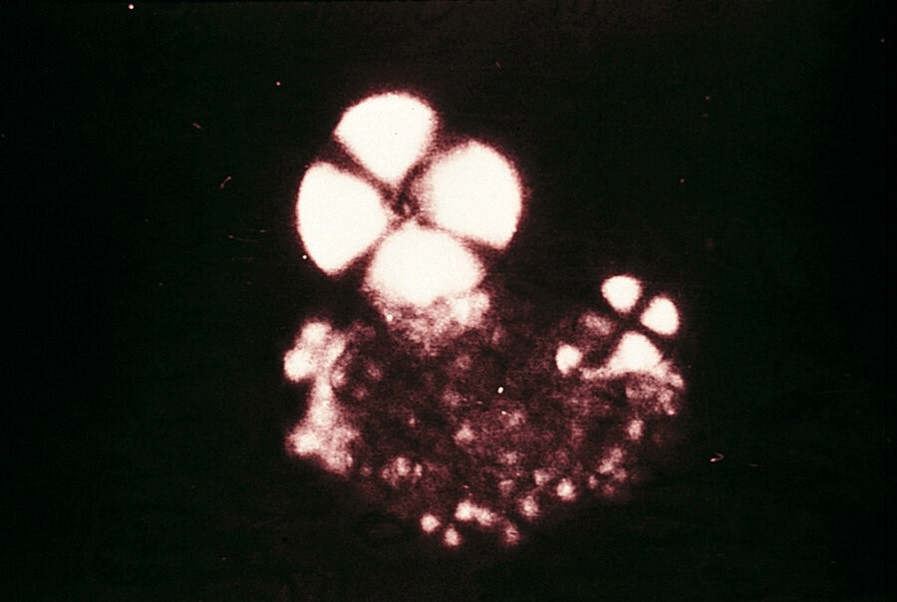
Nephrotic syndrome
Sudden onset and rapid escalation of extreme fear or anxiety along with at least four of the following:
- Nausea or upset stomach.
- Numbness or tingling in the hands, feet, or face.
- Palpitations, fast heart rate, or pounding heart.
- Sensation of shortness of breath or smothering.
- Sweating, chills, or hot flashes.
- Trembling or shaking.
Panic disorder
Adjuvant hormone therapy for ER/PR-positive nonmetastatic breast cancer in premenopausal women
5-10 year course of adjuvant tamoxifen
Sulfonylureas are the treatment of choice for this form of diabetes characterized by mutations in the HNF1a or HNF4a genes
MODY (maturity onset diabetes of the young)
Increase in serum creatinine of at least 0.3 mg/dL and/or ≥50% from baseline within 48 hours, bland urinalysis, and normal findings on kidney ultrasonography; lack of improvement in kidney function after withdrawal of diuretics and volume expansion with intravenous albumin; low urine sodium, low fractional excretion of sodium, and oliguria
Hepatorenal syndrome type 1
Ultrasound surveillance interval for abdominal aortic aneurysm < 4 cm in diameter
2-3 years
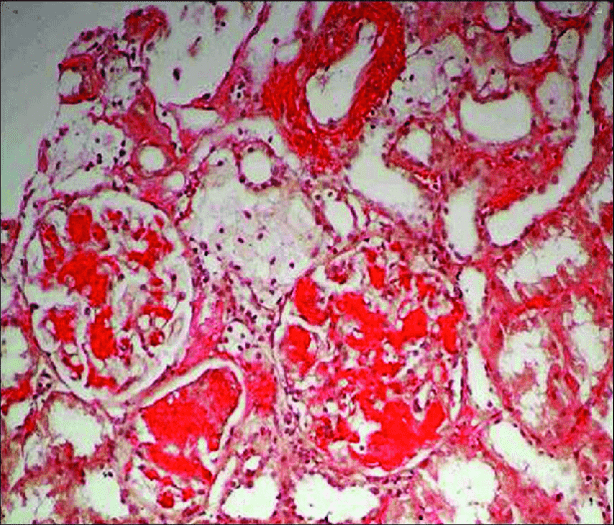 Glomerular deposits staining positive with Congo Red stain
Glomerular deposits staining positive with Congo Red stain
Amyloidosis
This agent increases smoking cessation rates about 3.5 times more than control and almost 2 times more than bupropion; more effective than nicotine replacement monotherapy
Varenicline
Recombinant enzyme approved for use in patients at high risk for tumor lysis syndrome
Rasburicase
These injectable non-insulin agents carry an increased risk of pancreatitis
GLP-1 agonists (incretin mimetics)
Treatment for acute fatty liver of pregnancy
Urgent delivery
Acute onset of dyspnea and cardiogenic shock accompanied by a loud systolic murmur in a patient with acute MI
Mitral regurgitation (chordae tendinae rupture)
BP ≥180/120 mm Hg and symptoms or evidence of end-organ damage
Hypertensive emergency
Subtype of major depression, with onset during fall or winter and seasonal remission
Seasonal affective disorder
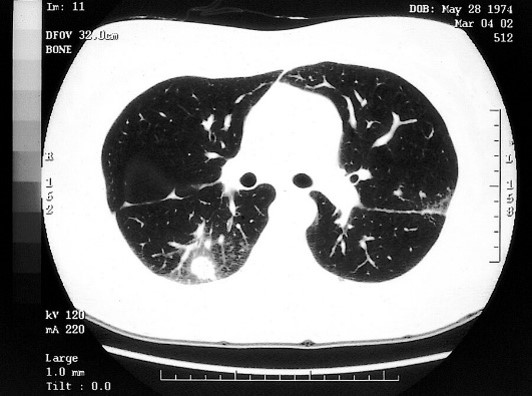 Diagnosis in this patient who develops febrile neutropenia during chemotherapy; he remains febrile and neutropenic after 5 days of ceftazidime.
Diagnosis in this patient who develops febrile neutropenia during chemotherapy; he remains febrile and neutropenic after 5 days of ceftazidime.
Aspergillosis